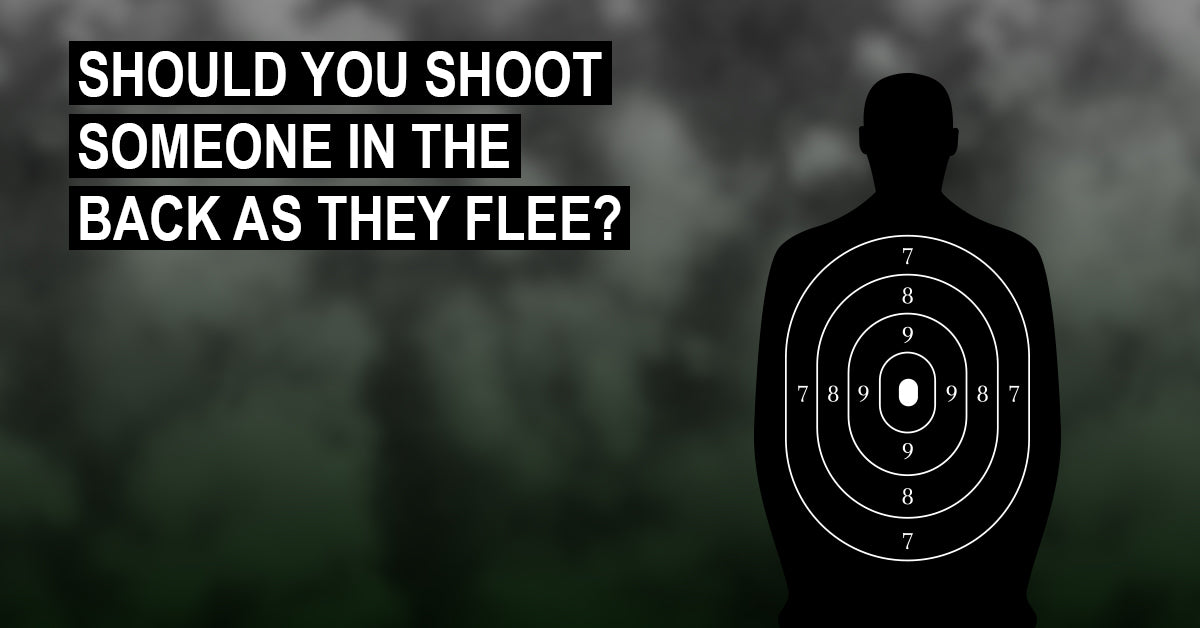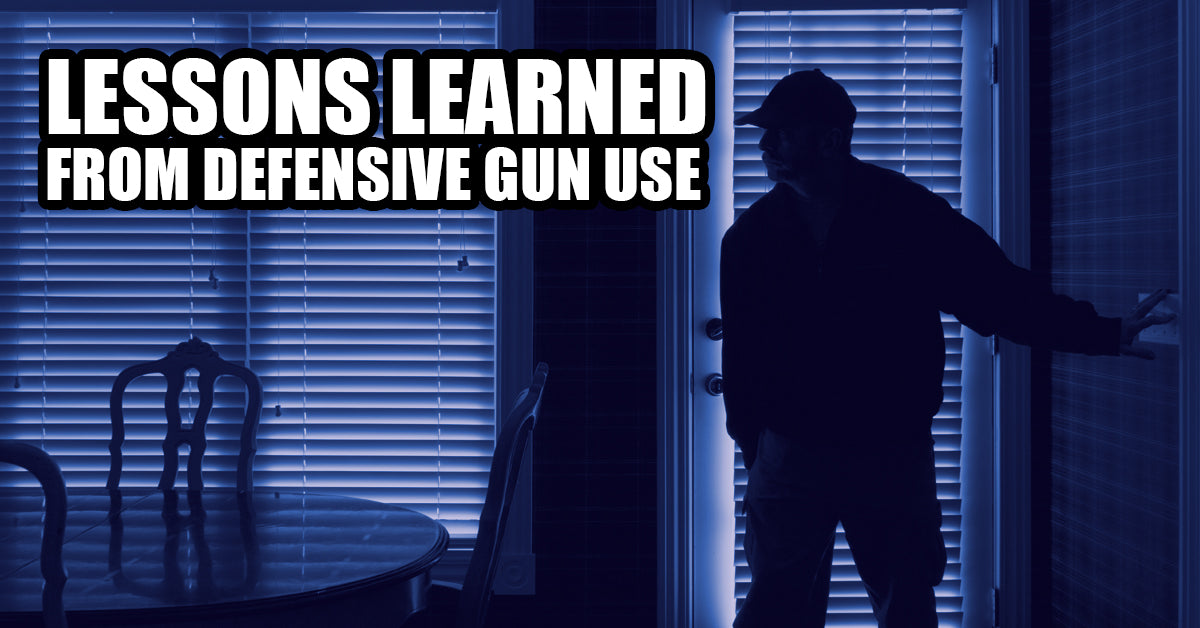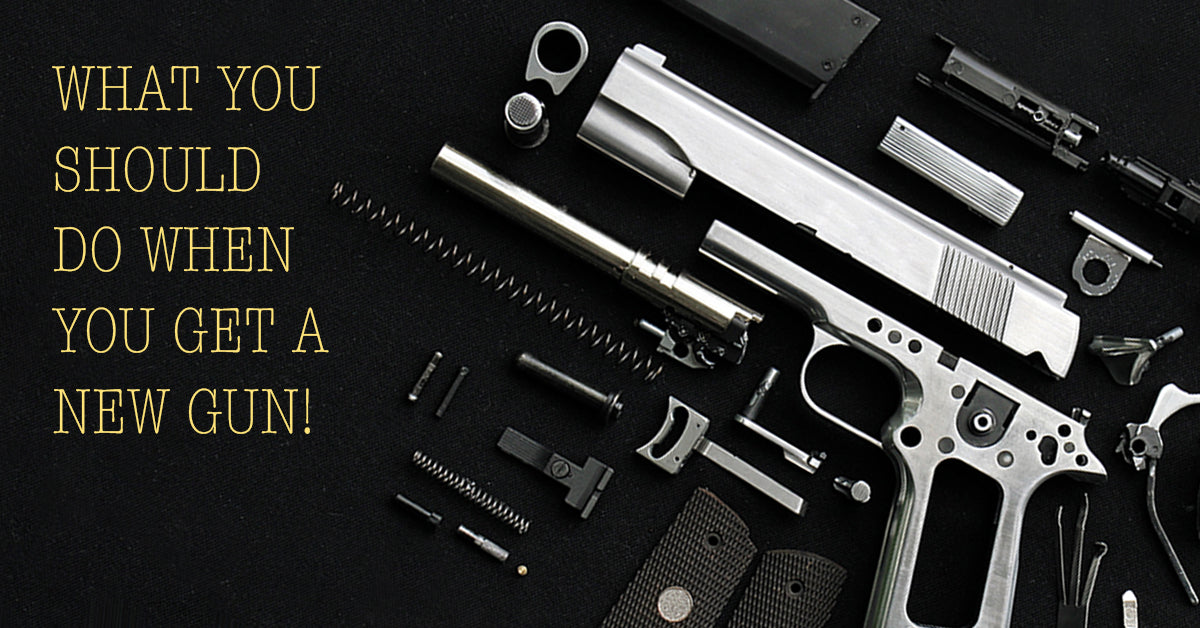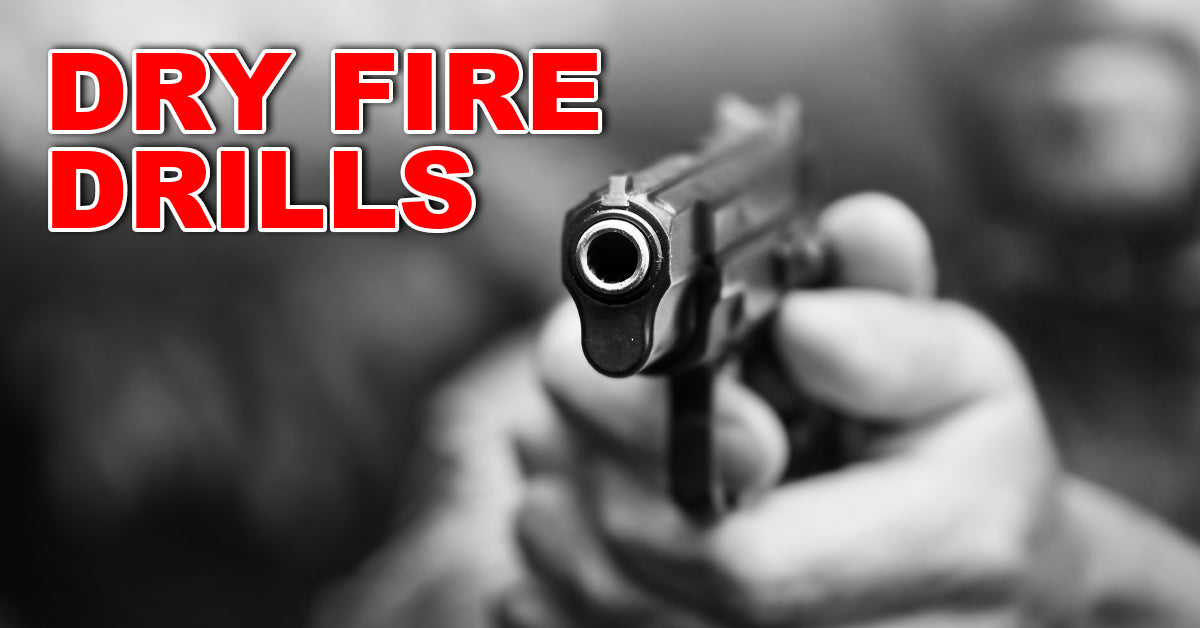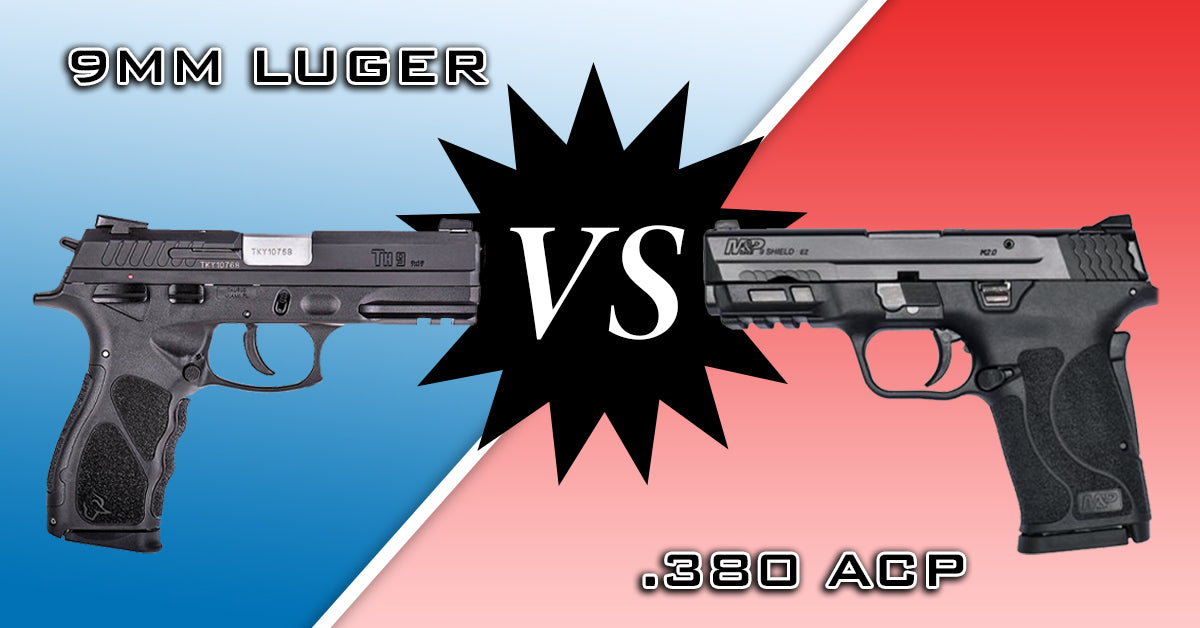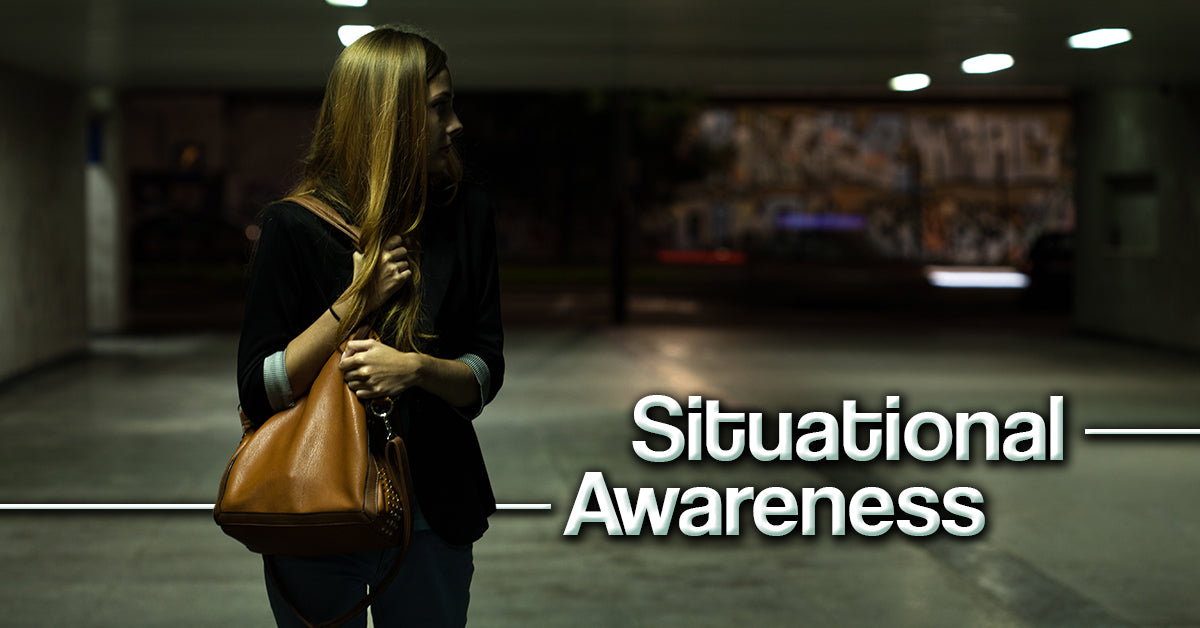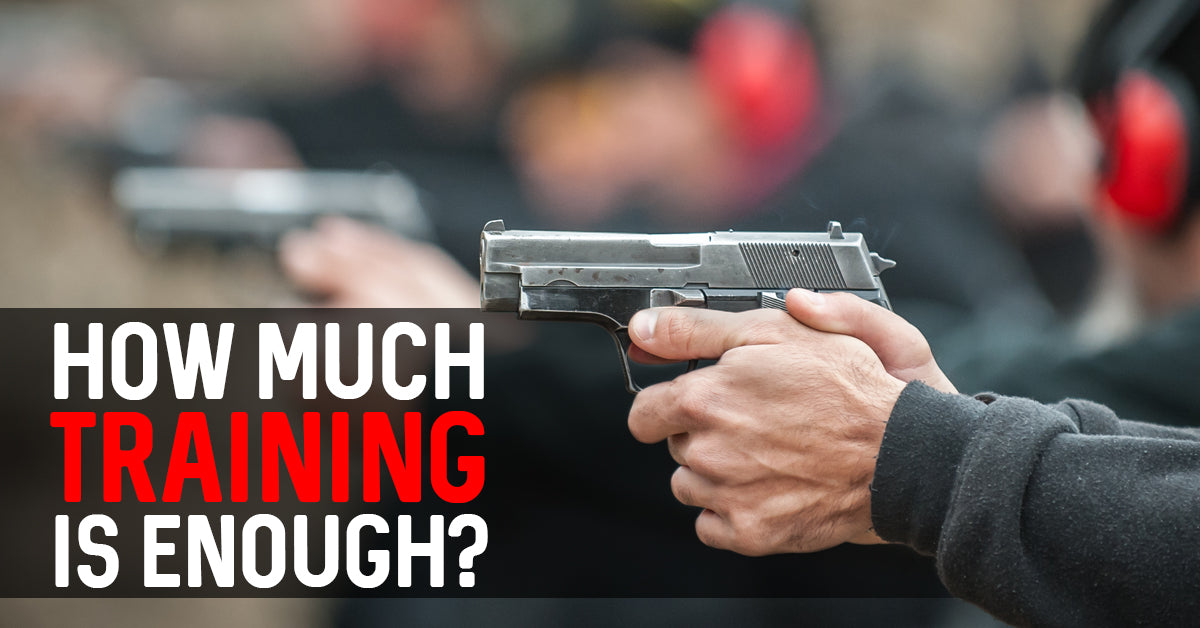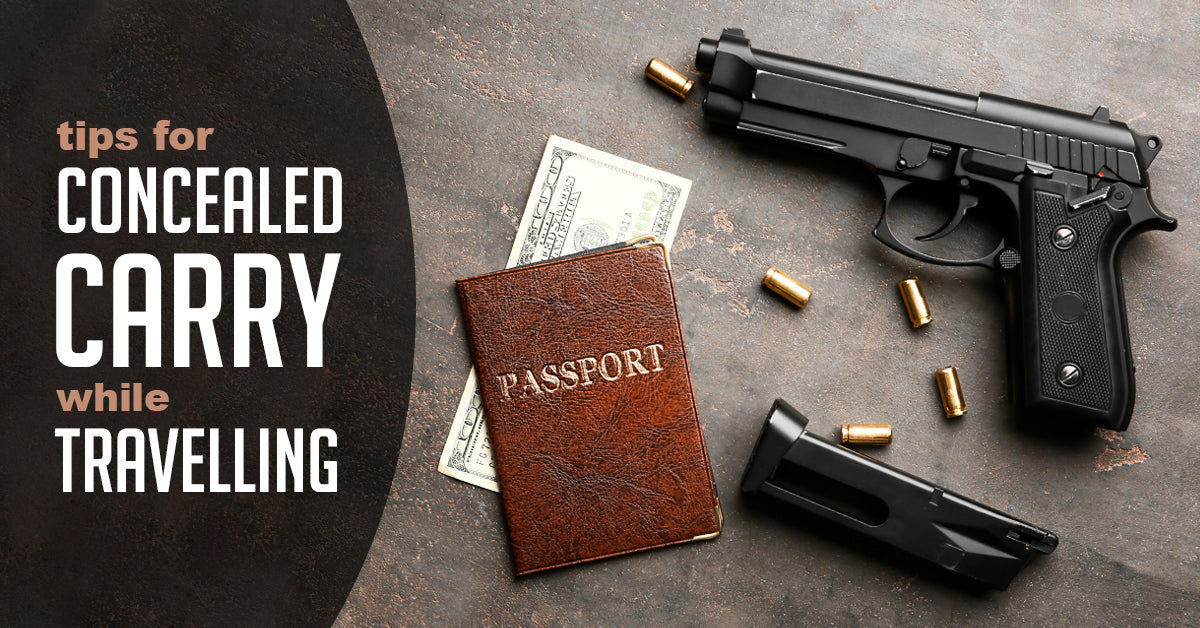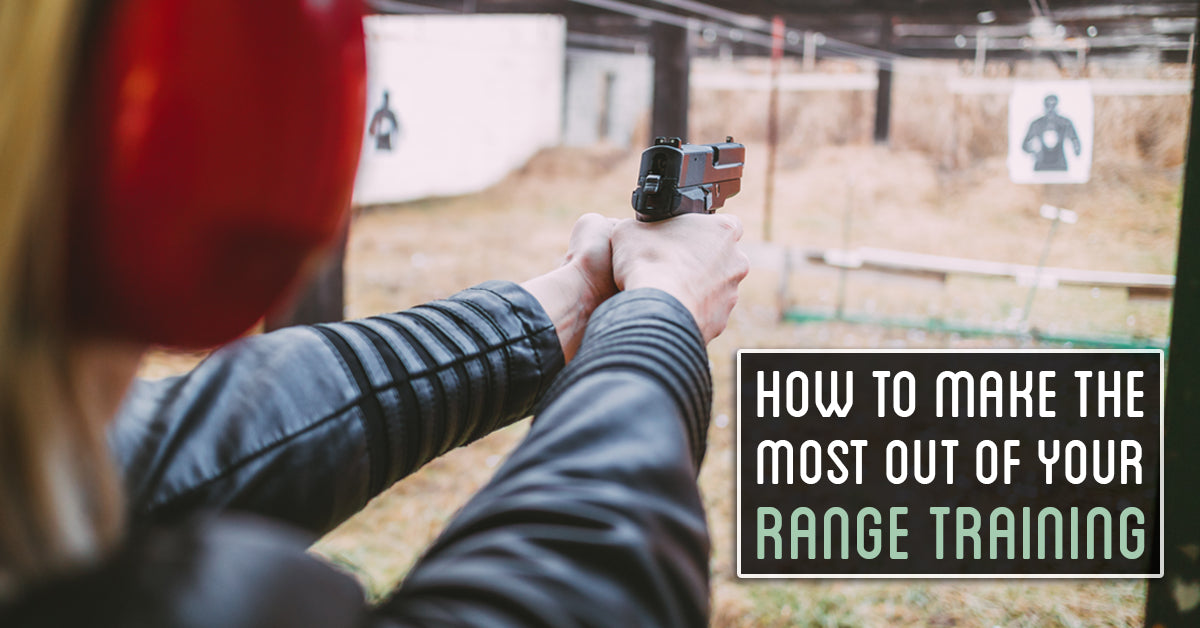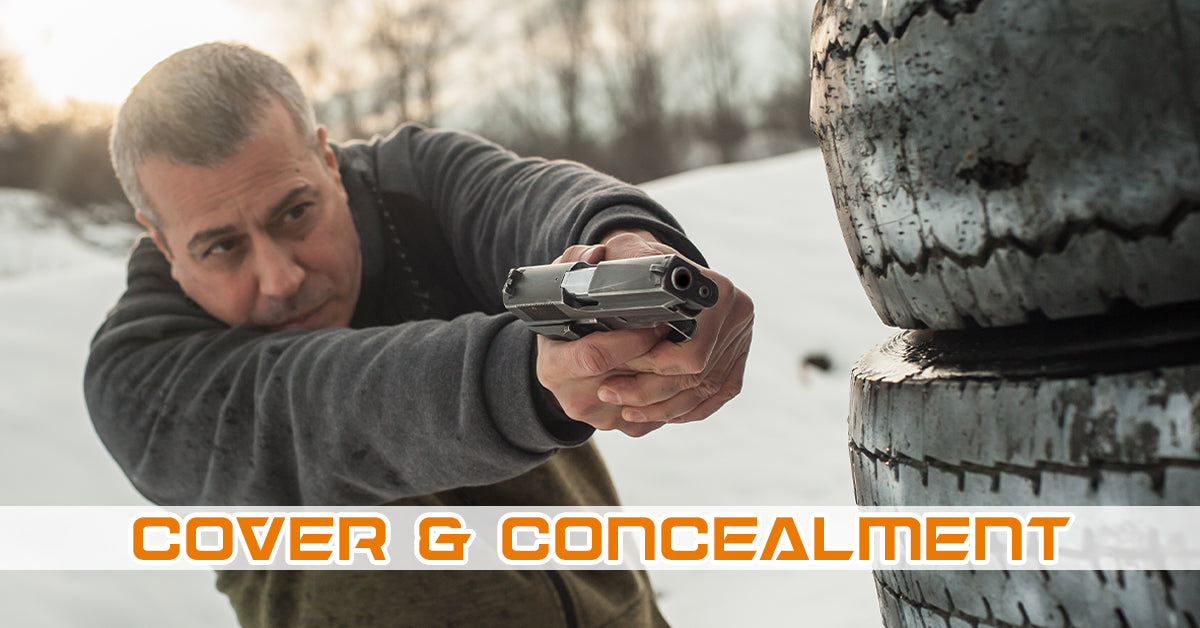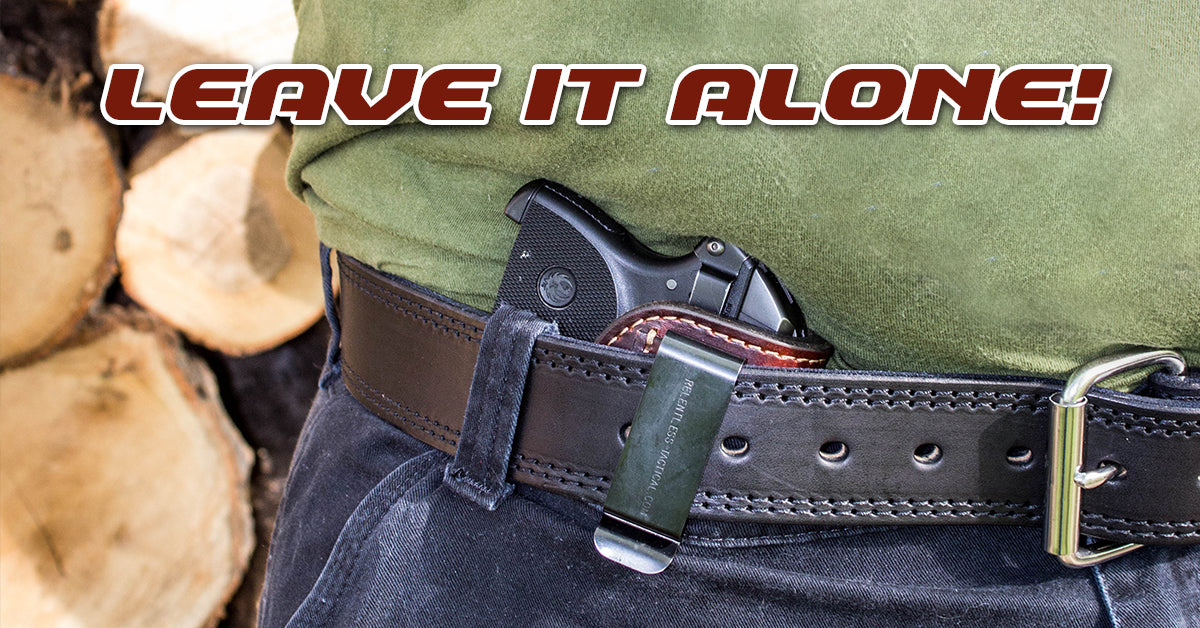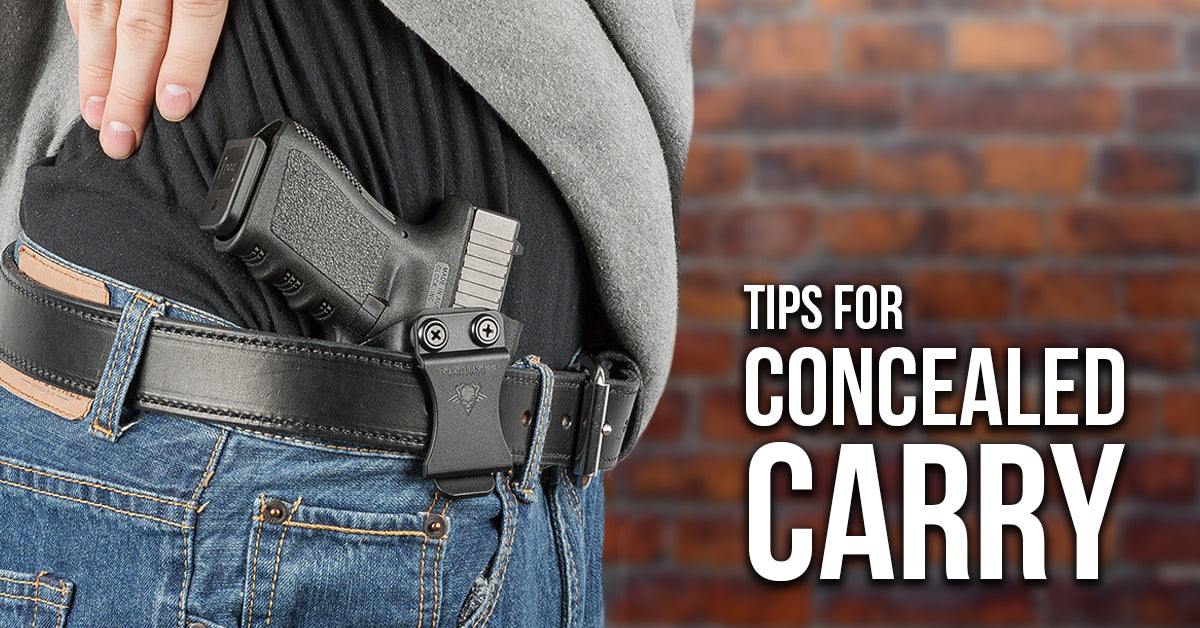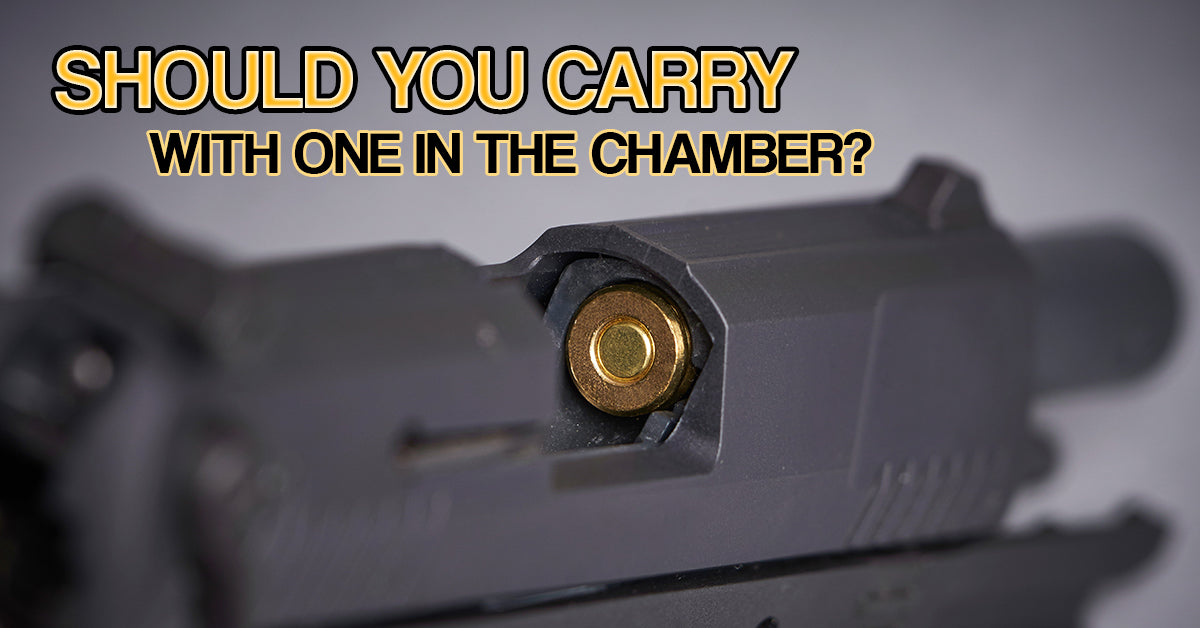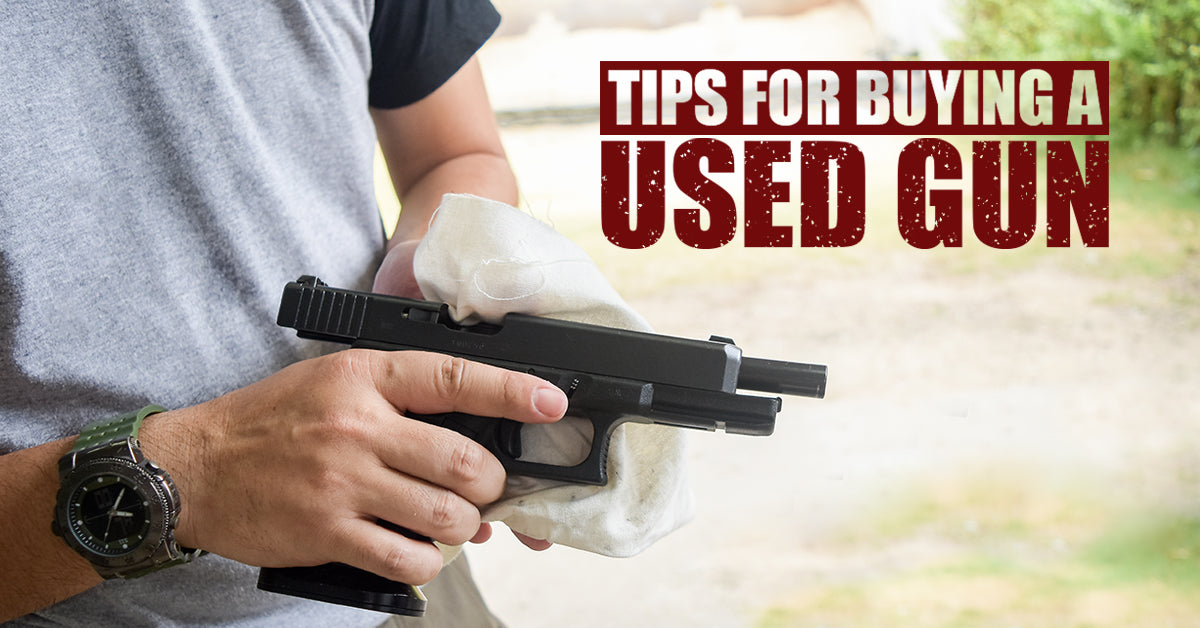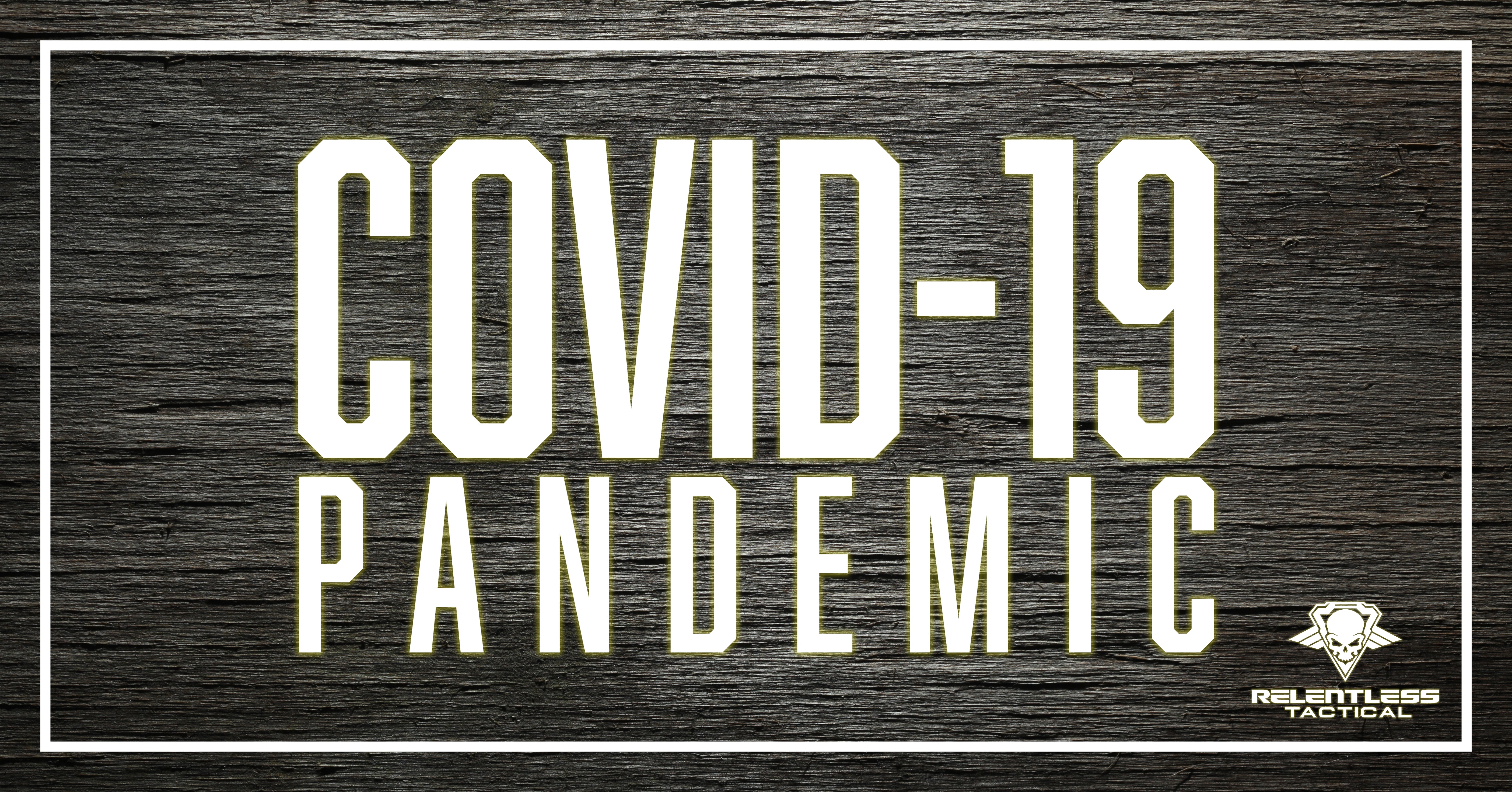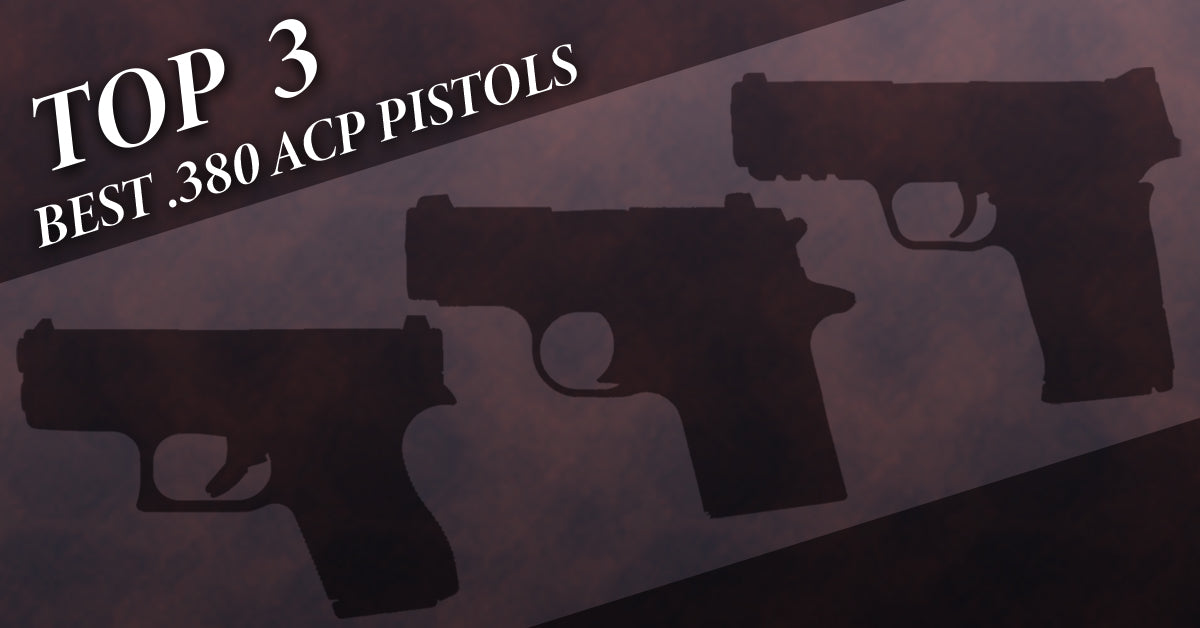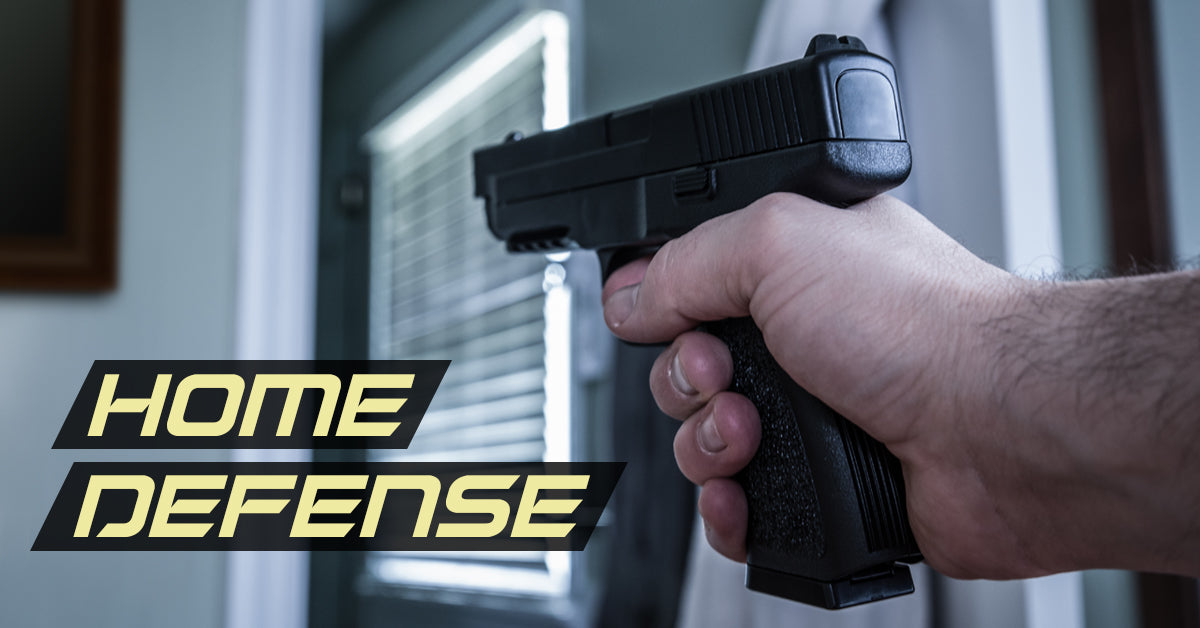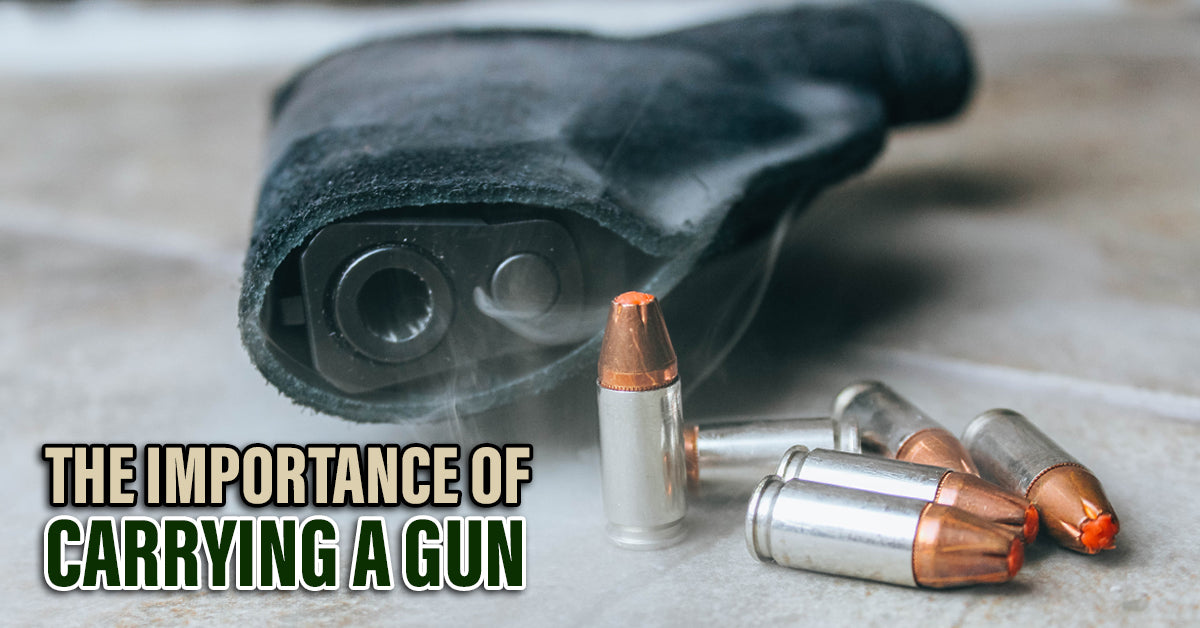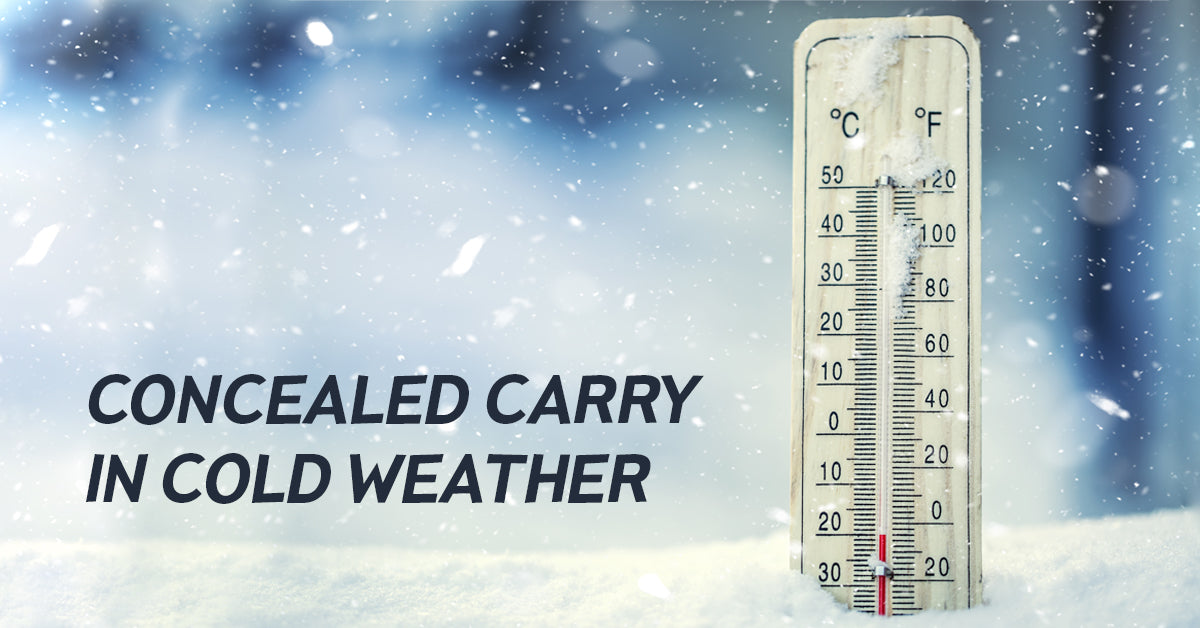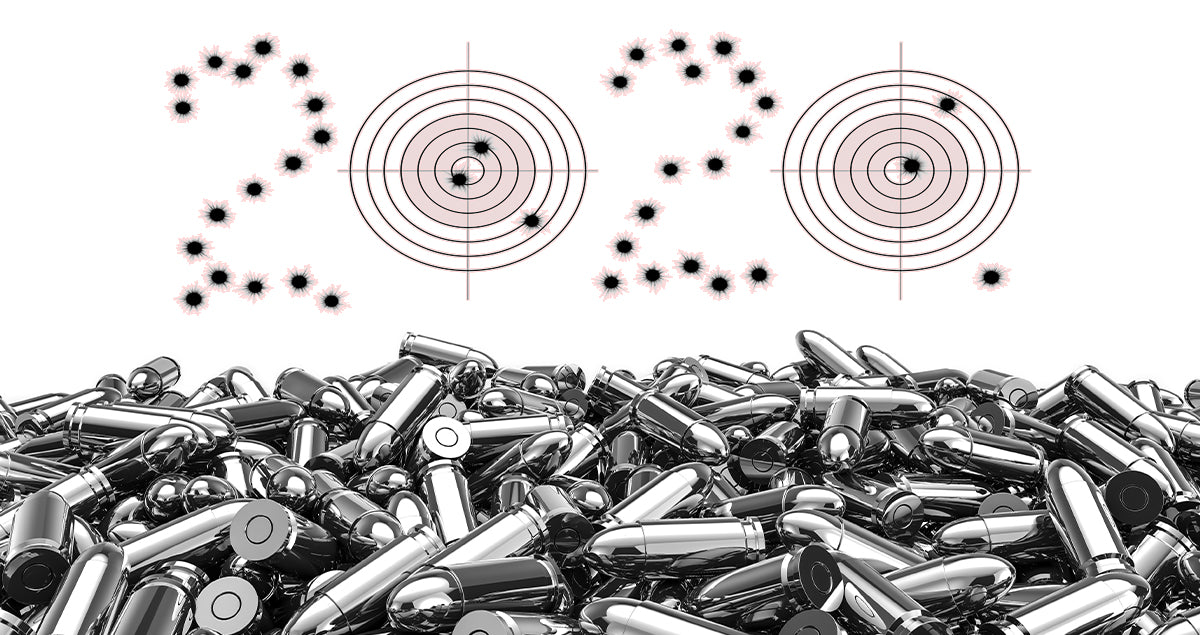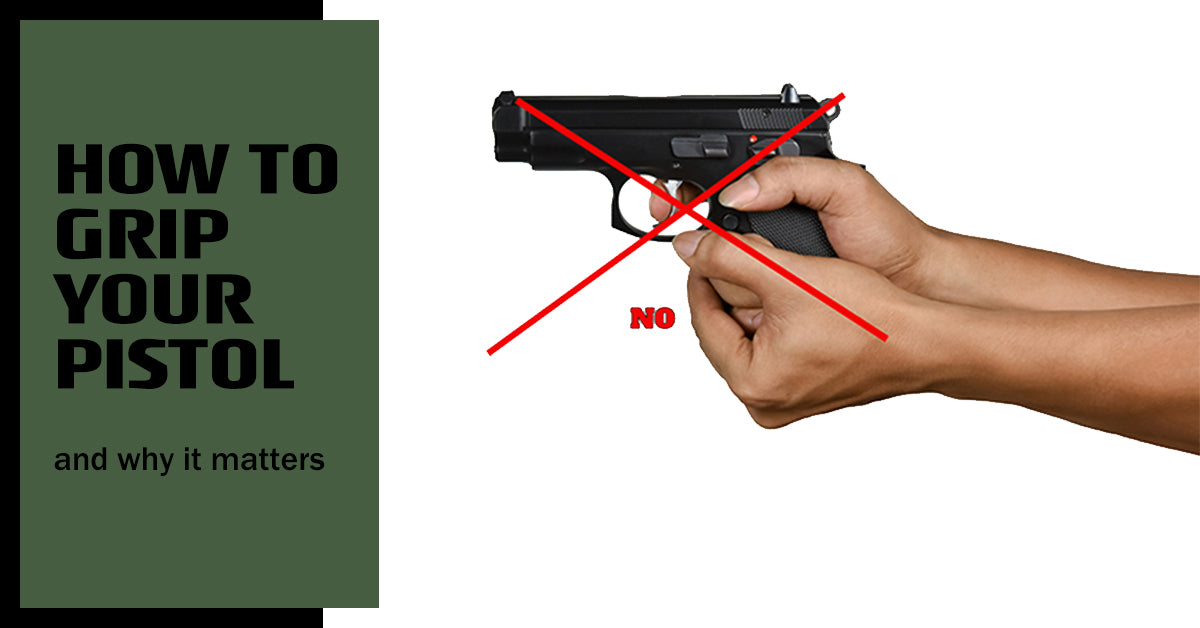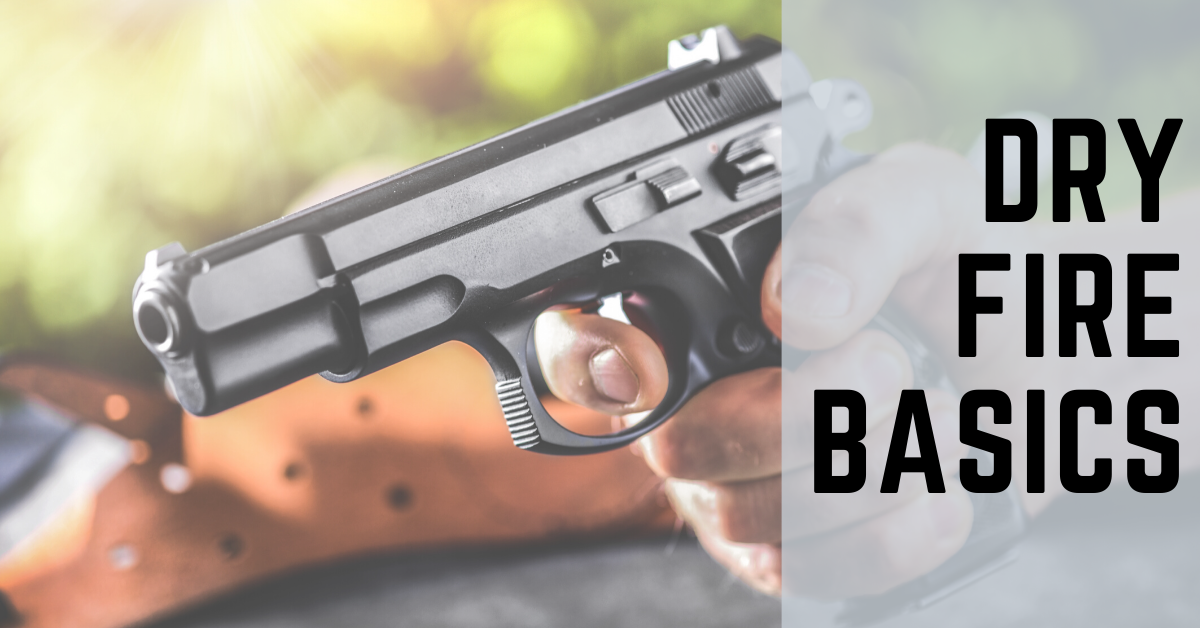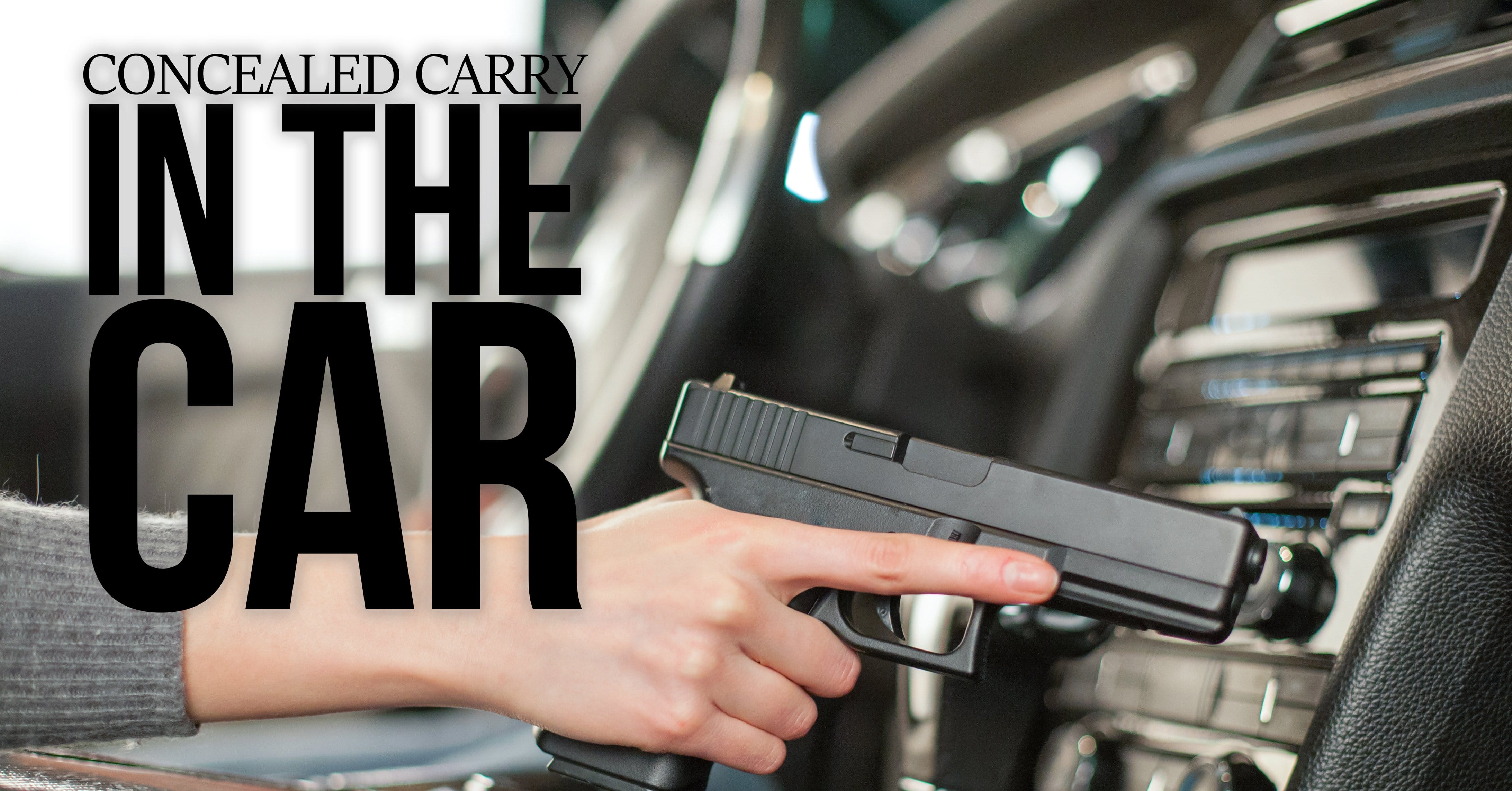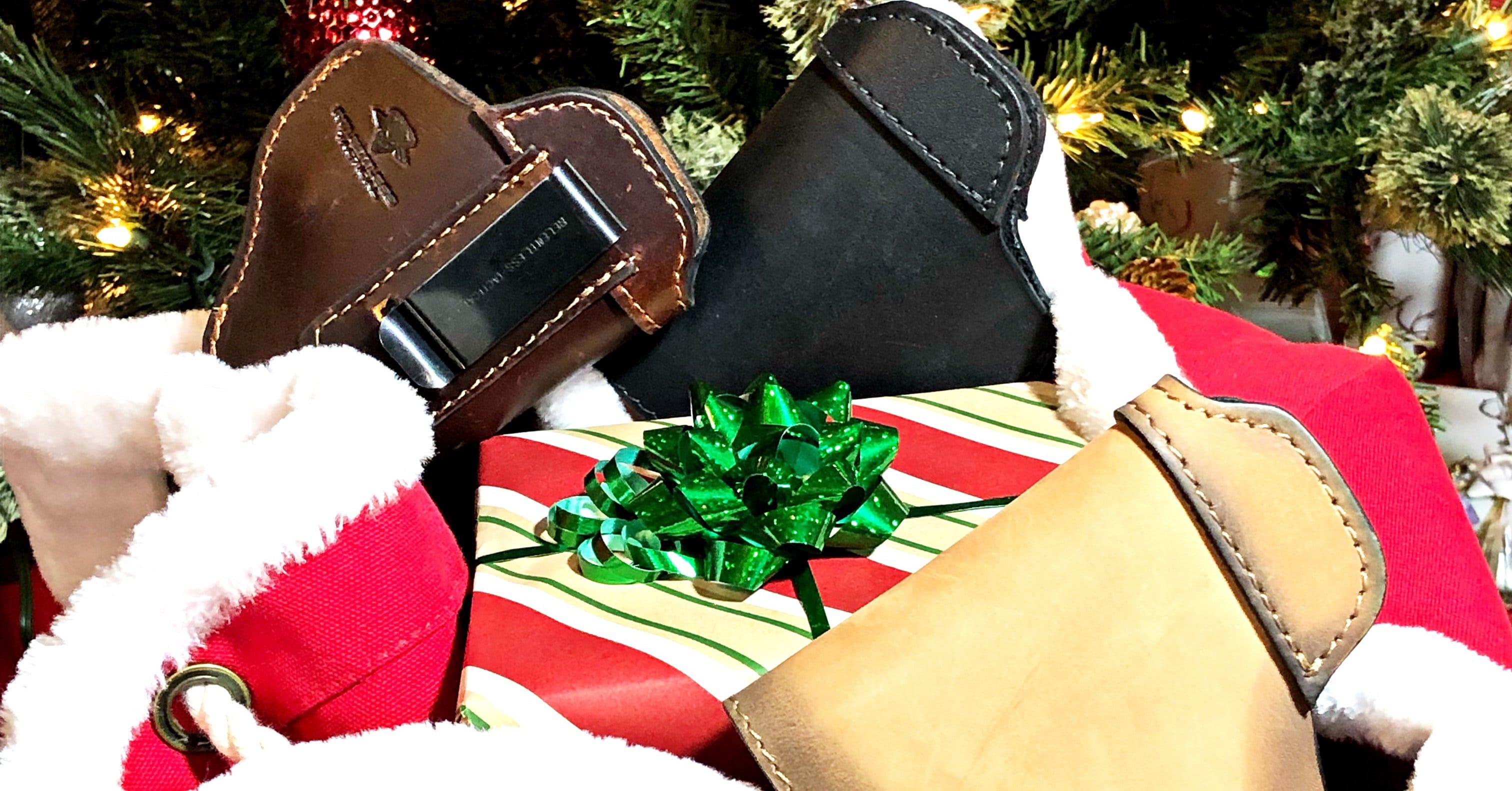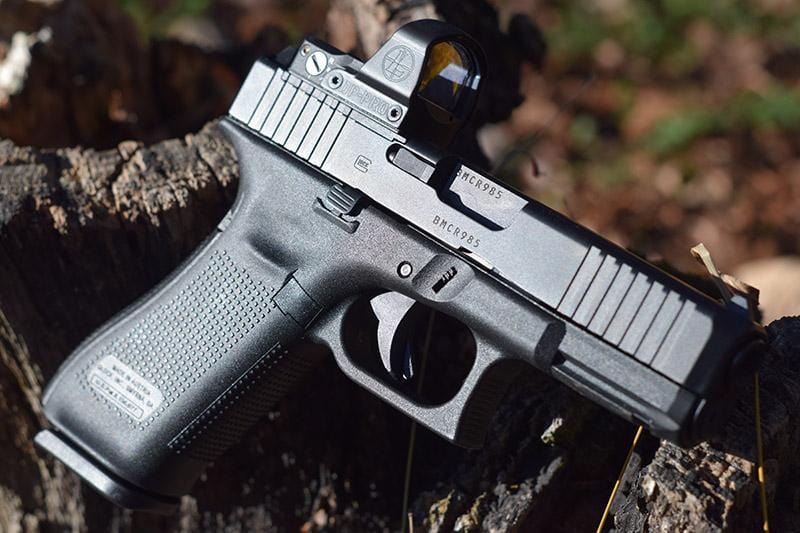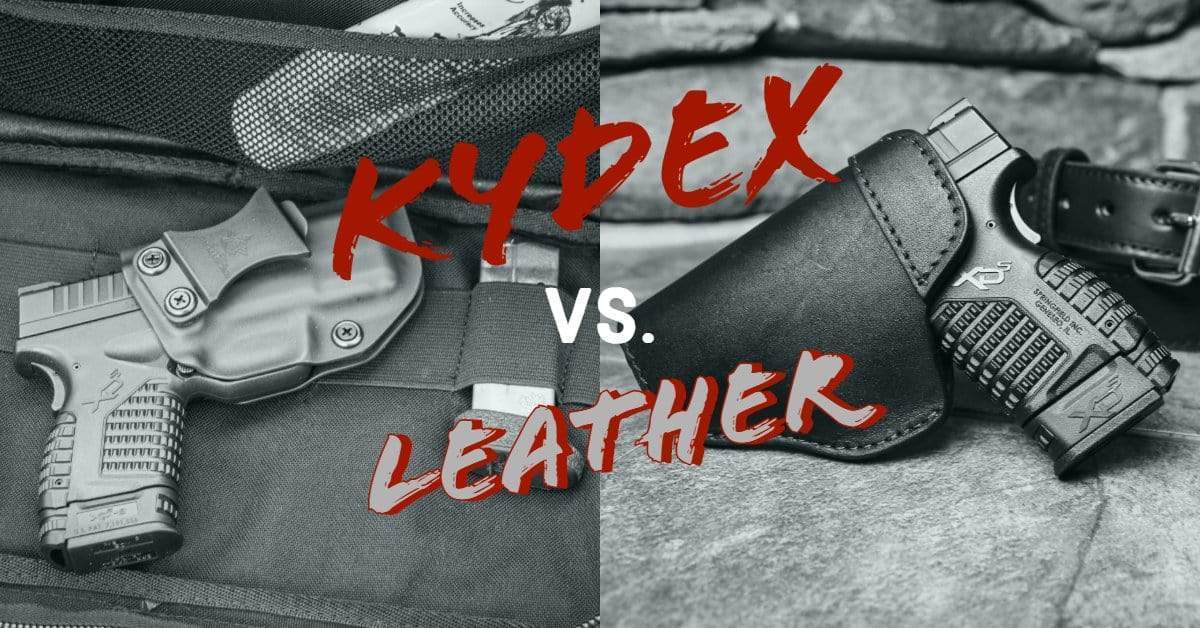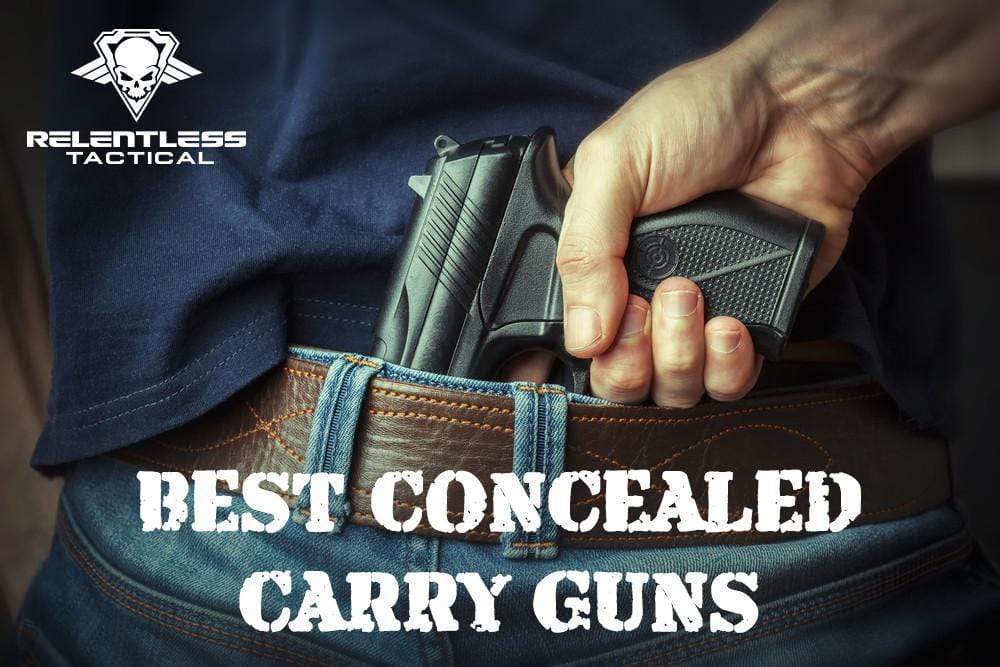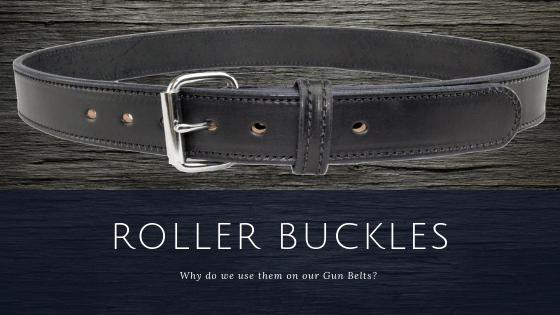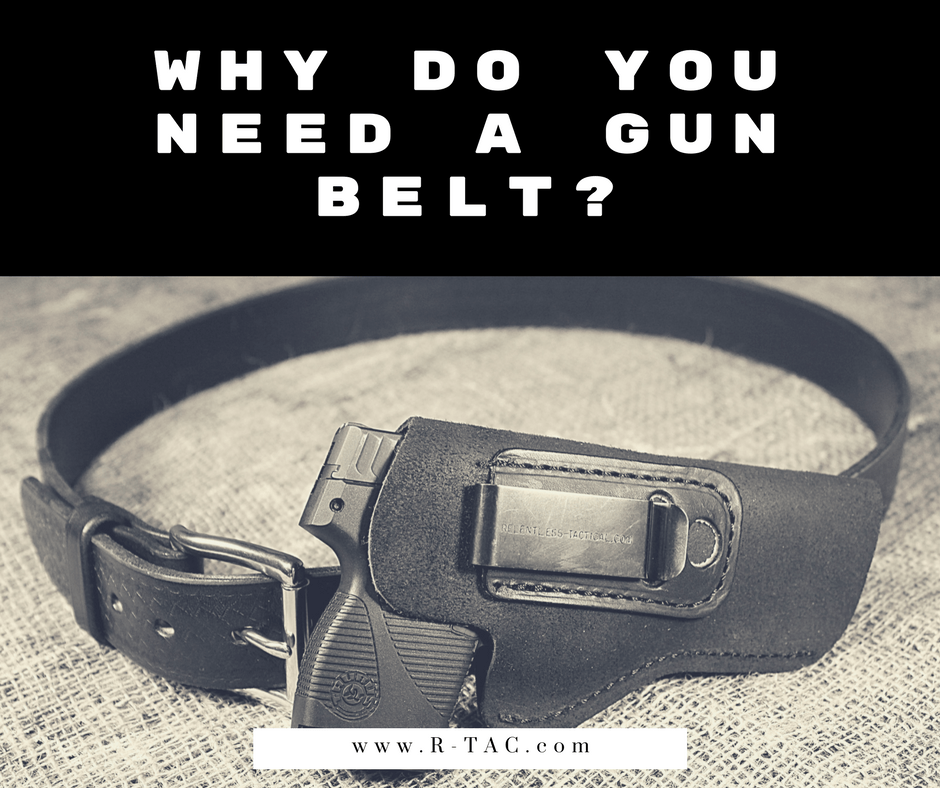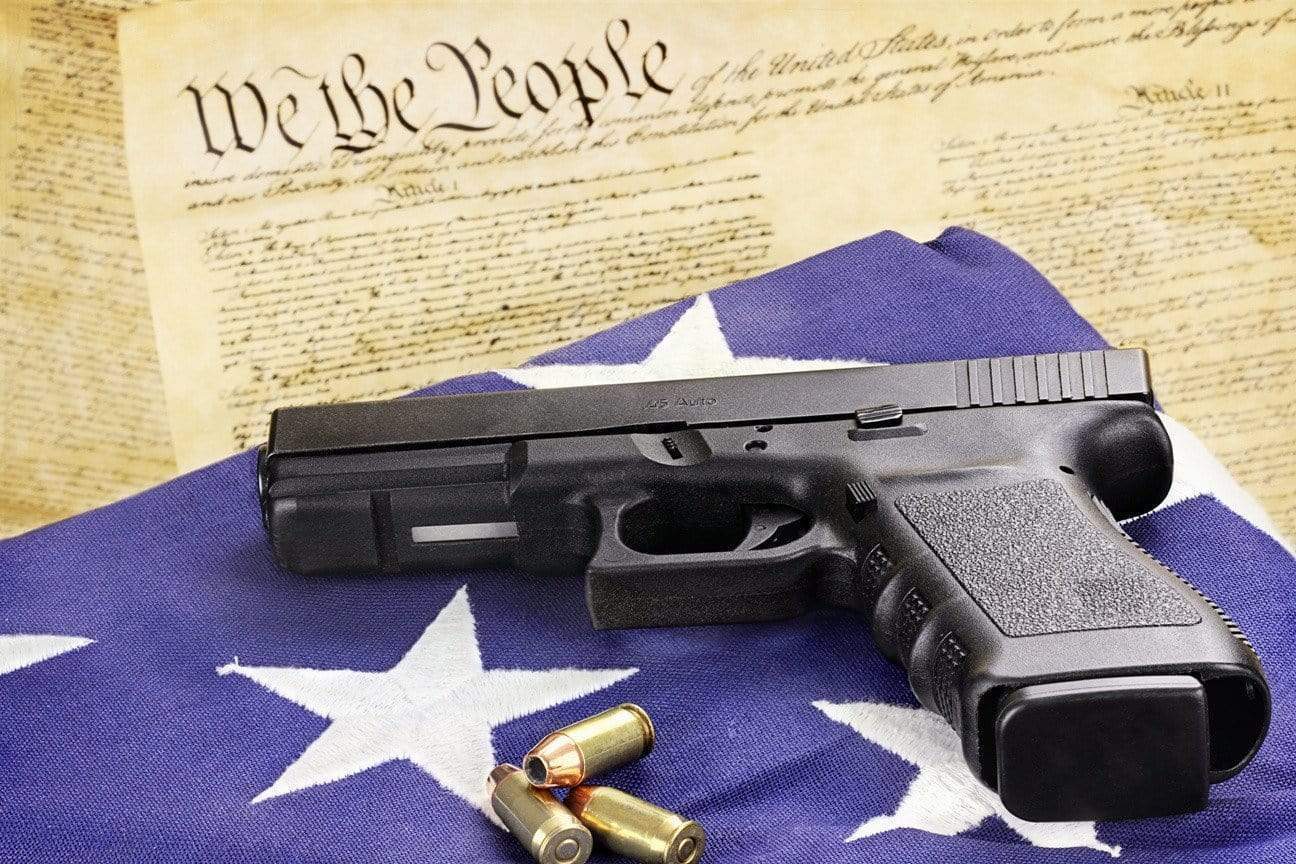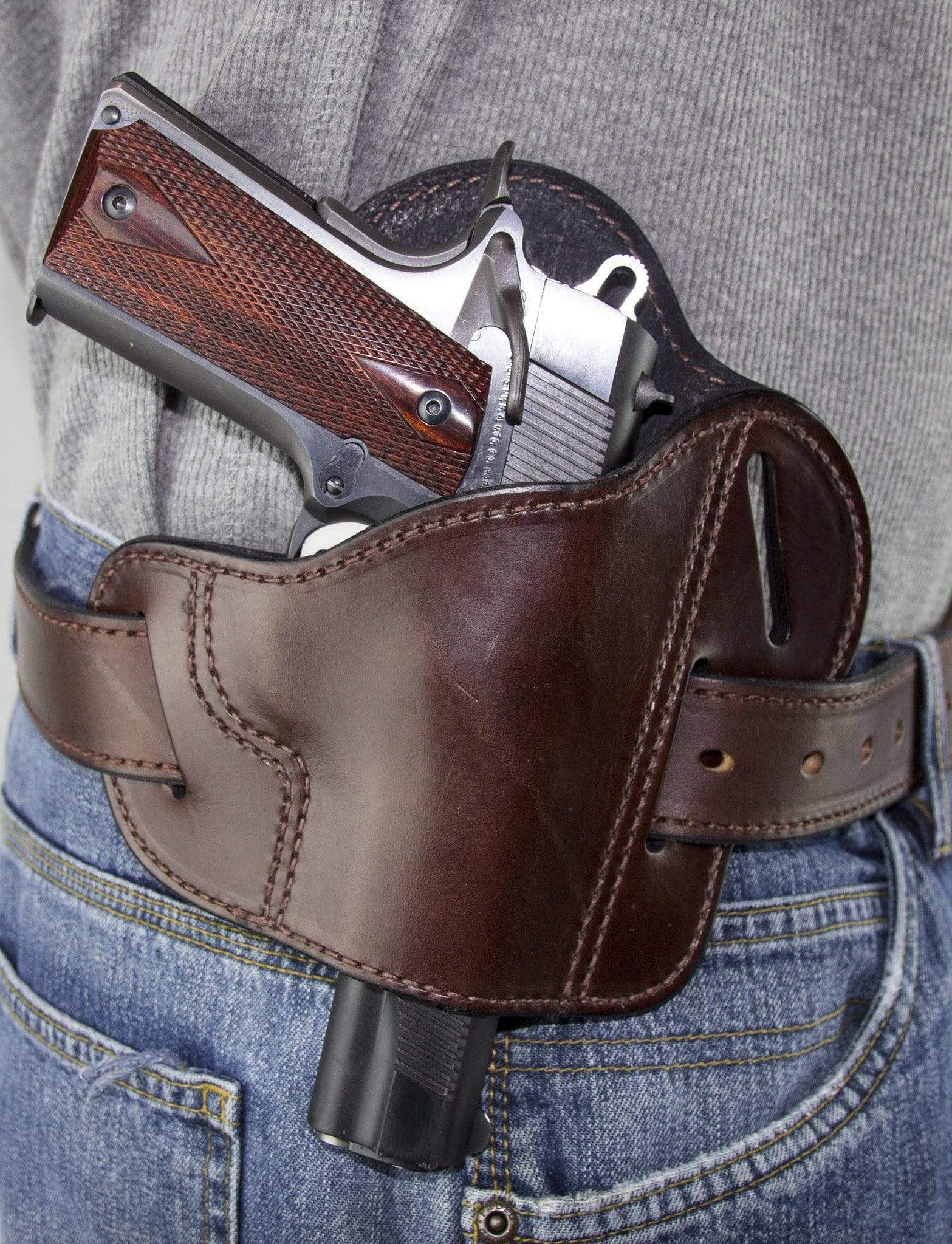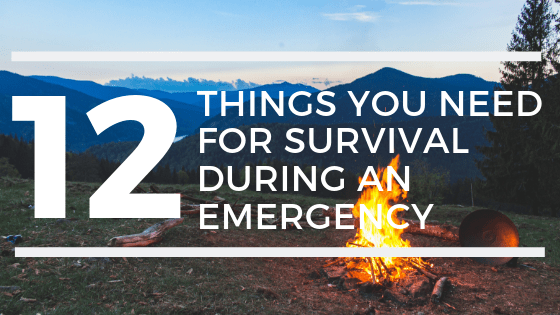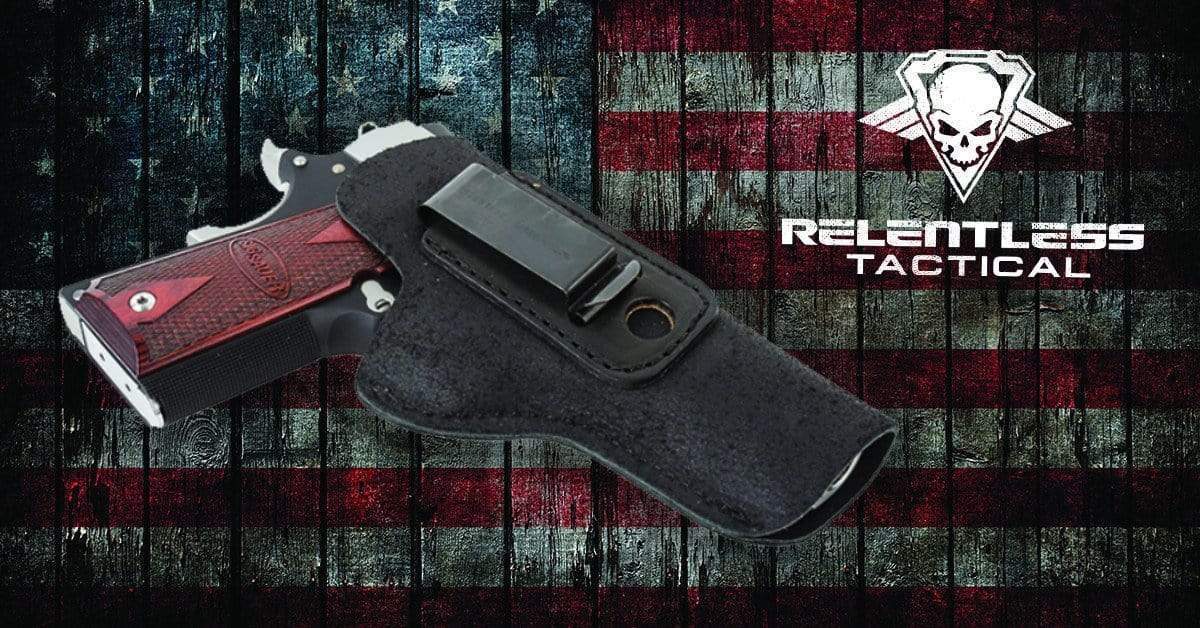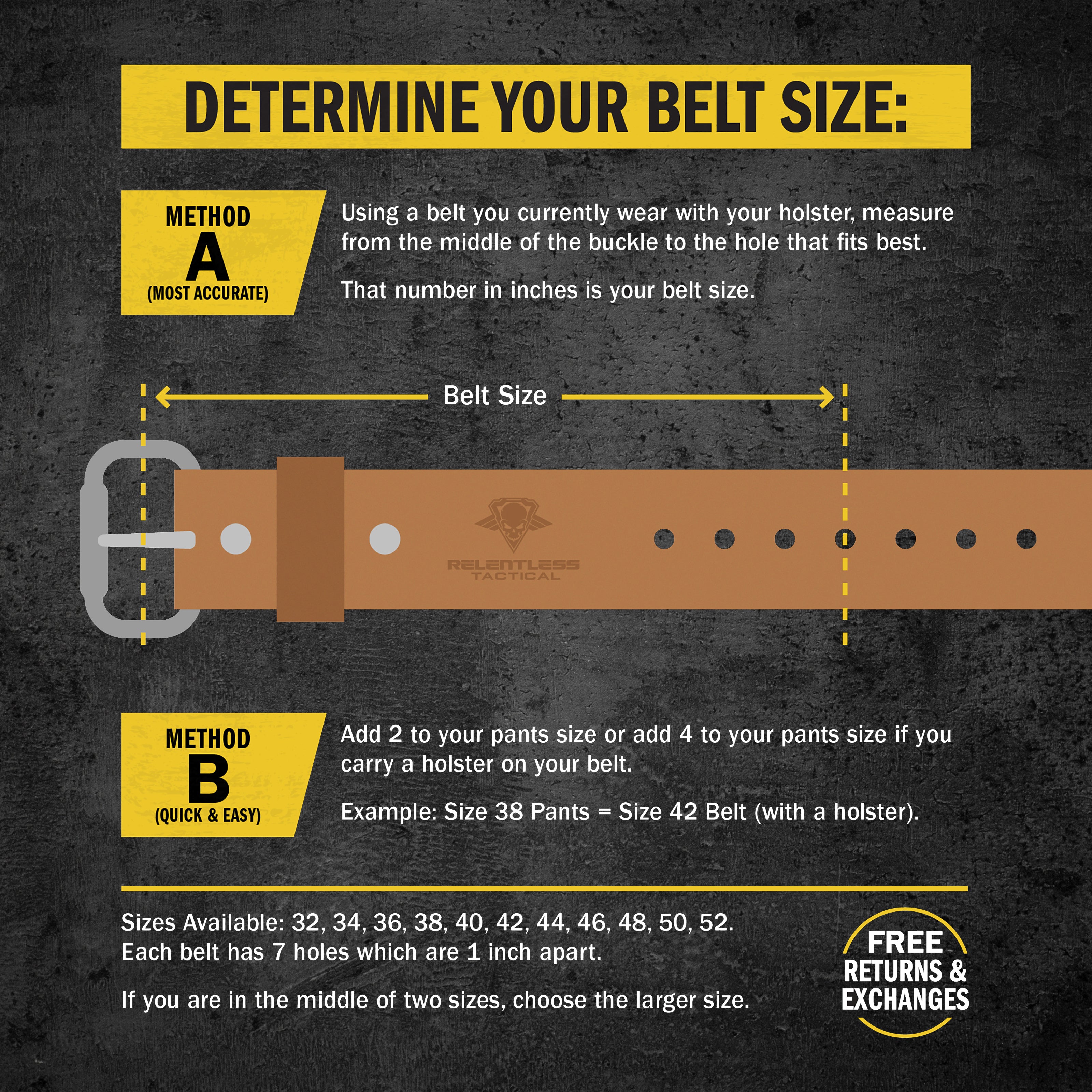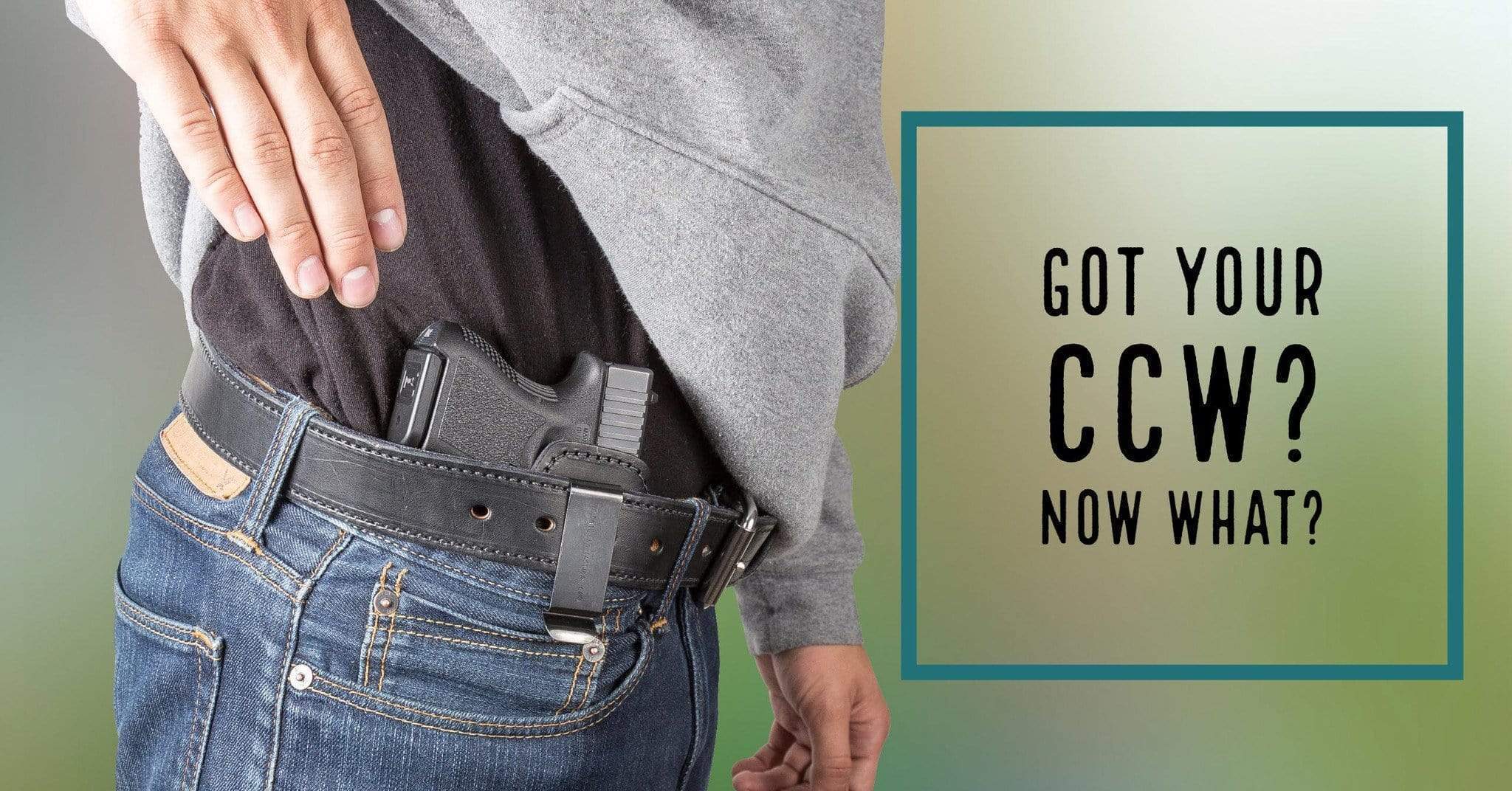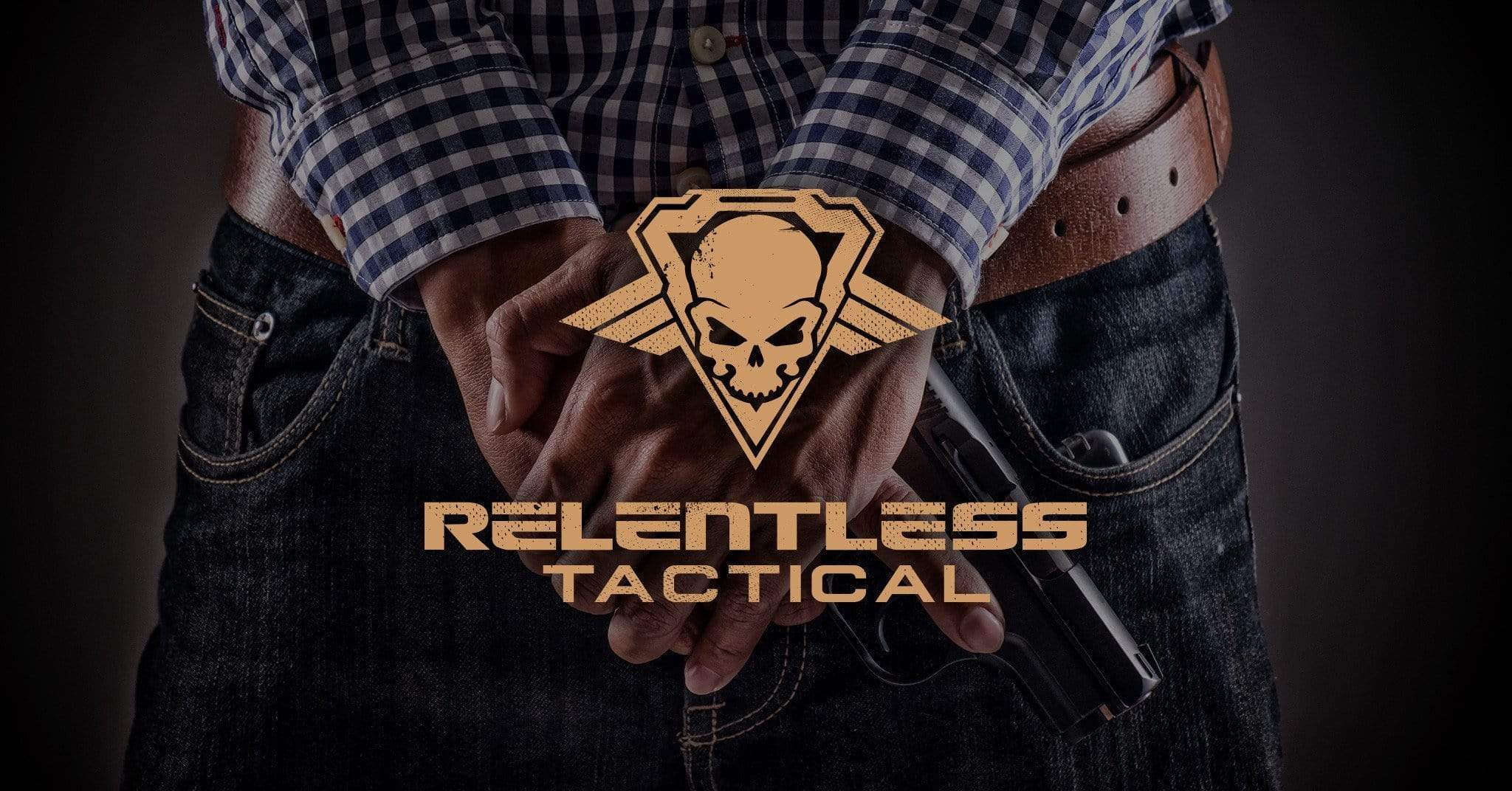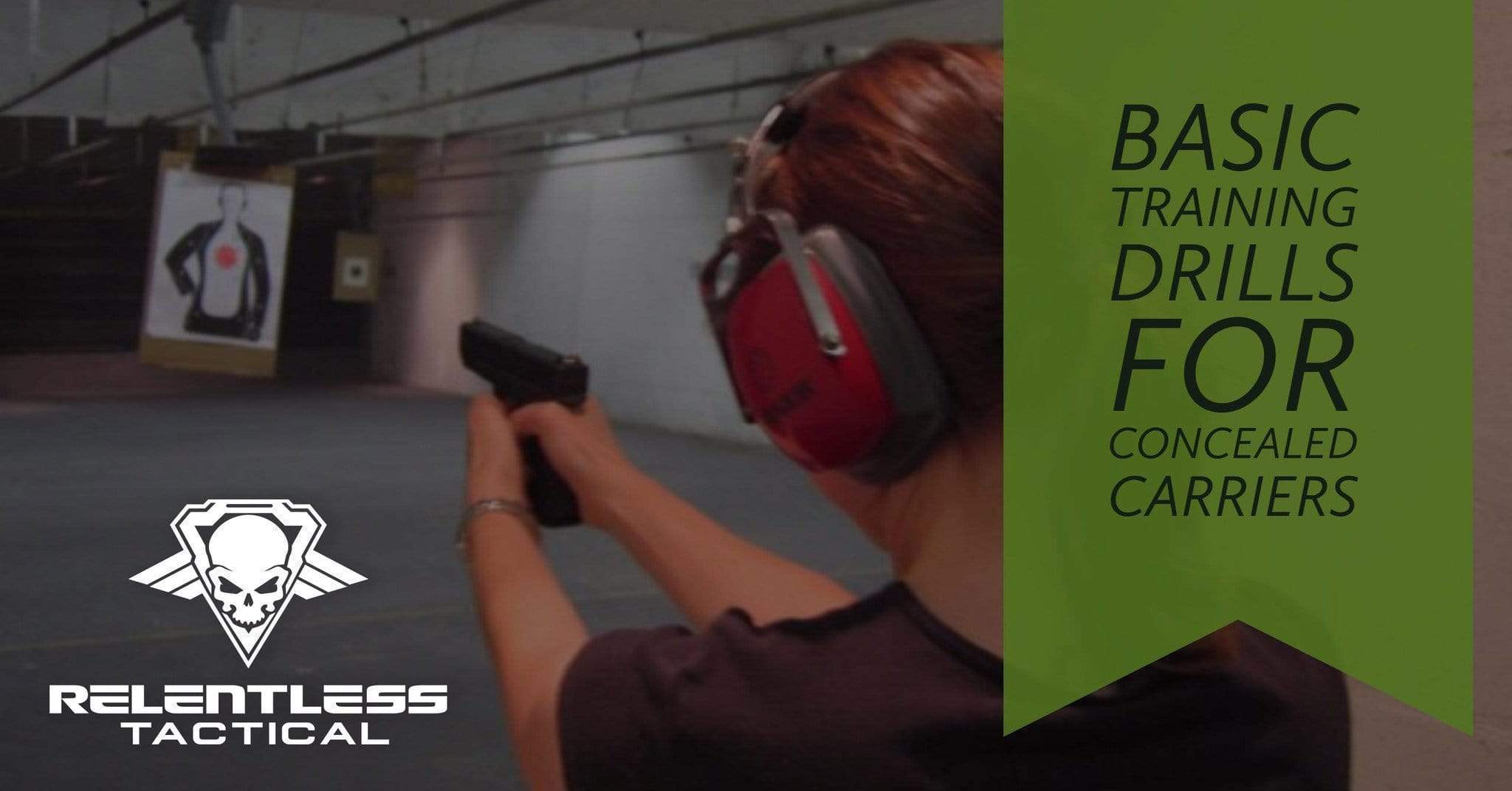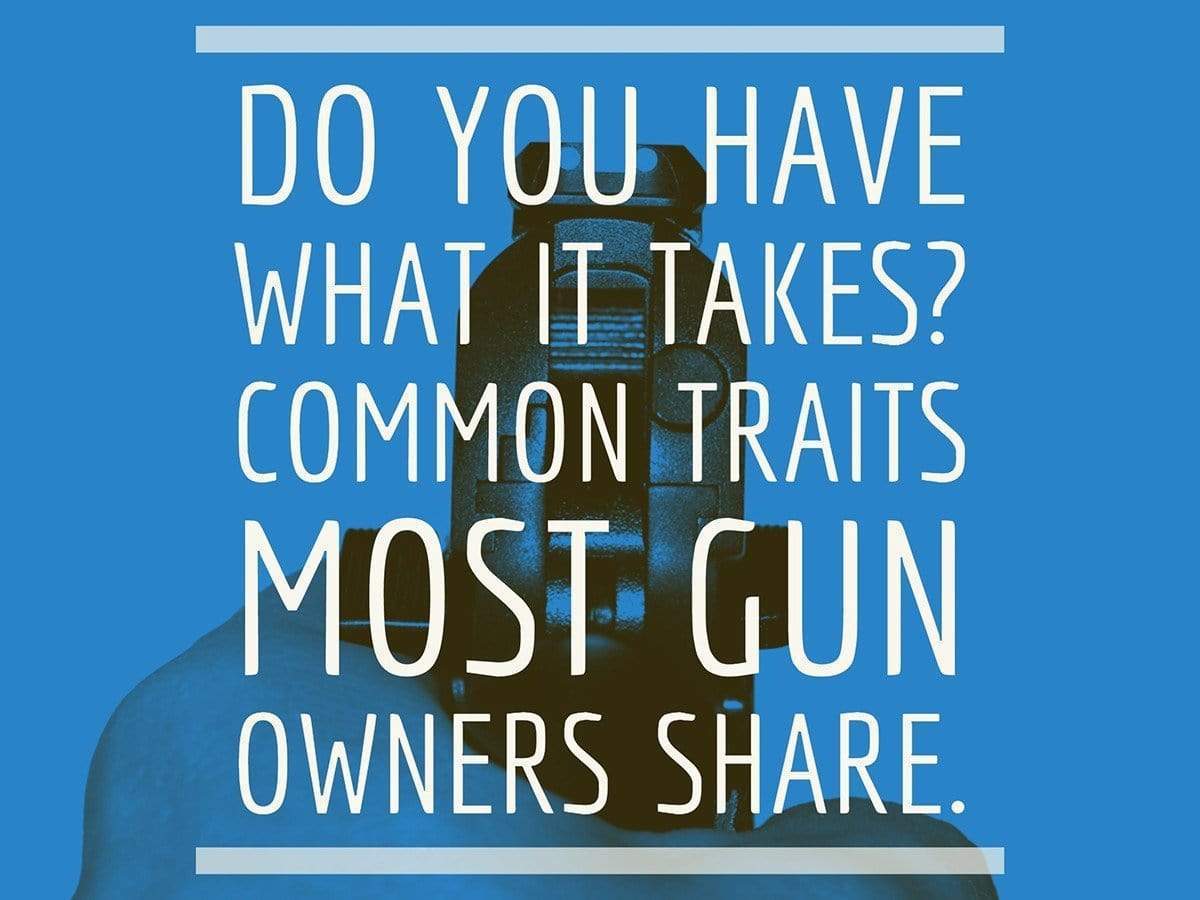Hollow Point VS Target Ammo, and Why You Need To Shoot Both
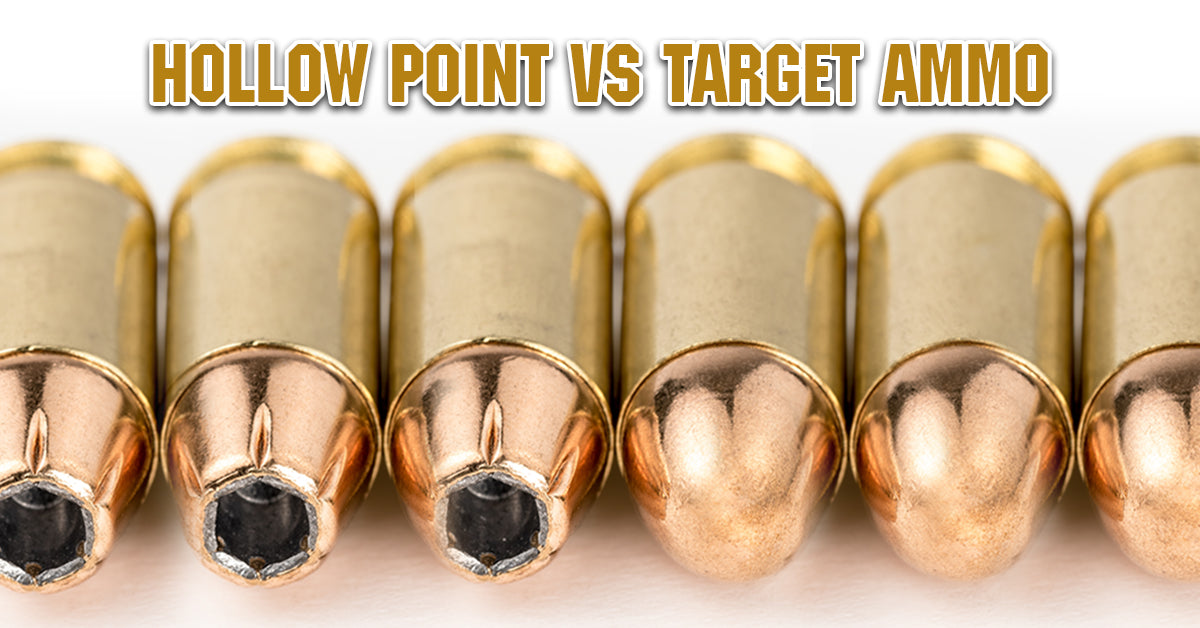
A distinction is often made in various types of ammunition. For our concealed carry guns, you often hear the term: Self-defense ammo, which is also known as hollow point ammunition. For those times when you’re strictly training, you’ll hear one of a few different terms, like: Ball ammo, target ammo, or FMJ (which stands for Full Metal Jacket).
While it is a good idea to make a distinction between these two different kinds of pistol munitions, a few considerations need to be taken into account and thought of on a deeper level to make sure mistakes aren’t made with ammo selection when carrying a concealed handgun, or shooting at the range.
What is Target Ammo?
Target ammo is exactly what it sounds like, ammunition that you practice with as you shoot at targets while at the gun range. Other names for this ammo are ball or FMJ. Both of these terms describe the ammunition itself. For example, the tip, or bullet, is shaped like a ball. FMJ, on the other hand is a designation of a specific kind of ammunition.
Target ammunition should not be used for concealed carry except for very limited circumstances. These circumstances may be something like the gun doesn’t feed hollow points properly (in which case the argument can be made that you need a new gun), you’re out of proper self-defense ammo, are unable to carry it due to a local restriction, or you’re hiking through bear territory and don’t have hard cast ammunition and need to use it as a last resort.
The main benefit of target ammo is that you can buy larger quantities of it for much cheaper than any self-defense ammo because it’s generally cheaper to manufacture. Because you can buy more of it, you can train more often with it, and that’s important.
What is Self-Defense Ammo?
Self-defense ammo is exactly what it sounds like: Ammo designed to stop an attacker from advancing his attack by creating more shock to the body (by the transfer of the bullet’s energy as it expands), and a bigger wound (again, because the bullet expands). Self-defense ammunition is often known as hollow point ammo, but bullet technology has come a long way and this isn’t always the case. Some types of self-defense ammo are designed in such a way that they cause internal damage differently, like using the bullet’s rotation along with channels built into it.
For the sake of this article, from here on out we’ll use hollow point and self-defense ammo interchangeably because they are by far the most common type.
Because they need a little bit of extra work to make them do their job right, they cost more money to manufacture. Because they cost more money, people have a harder time justifying the need to shoot them during practice sessions. After all, you can just shoot more affordable target ammo that’s meant to be shot in larger quantities.
Why this matters
It’s important to know that you must shoot both target and self-defense ammo from time to time.
Hollow points tend to not work in all types of firearms, and this is where it can get a little tricky as the gun shop clerk is willing to sell you two totally different types of munitions for your newly acquired concealed carry gun. As he sells it to you, he explains that target ammo is for practice, and the more expensive stuff, the hollow points, are strictly for concealed carry and self-defense.
What they usually fail to mention, is that you must make sure you’re shooting your hollow point ammunition in your gun, too, to make sure that it works properly. The last thing you could ever want to have happen is to need your gun in self-defense and have it not work because it doesn’t cycle your hollow points properly.
This issue isn’t as prominent as it used to be because both guns and ammunition have gotten better, but it still happens on some guns more than others. Little pocket sized .380 ACP guns, for example, are one of the most popular culprits solely because of how they’re designed.
Regardless of the type of gun you carry, however, you should always shoot a couple magazines of your chosen self-defense ammunition through your semi-auto pistol to make sure it works. This also pulls double duty by teaching you how it feels when you’re shooting it.
Here’s another key, though, just because your gun doesn’t cycle one type of hollow point, doesn’t mean it won’t cycle another. If you’re dead set on carrying the gun you have, you should test different brands of ammo until you find one or two that work right in your gun.
In conclusion, it’s okay to shoot your target ammo, but generally not a widely accepted practice to carry it in a concealed carry gun. Comparatively, while you don’t want to just buy boxes of expensive hollow point ammo to shoot at the range, you do need to make sure your EDC (everyday carry) gun cycles it properly, without malfunction.

